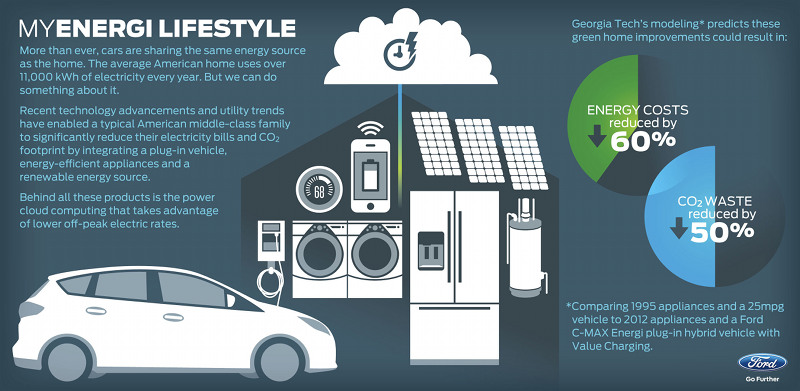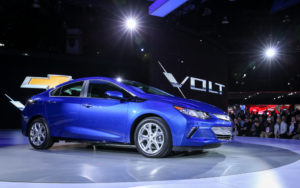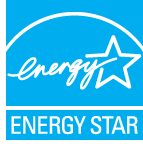Your demand for more eco-friendly cars is inspiring Ford Motor Company to manufacture vehicles that get better gas mileage, use more recycled materials, tap alternative (and less polluting) fuels, and maybe even help you save energy when you’re not driving (think: washing your clothes).
I recently spent two days at the Go Further With Ford Trends Conference at Ford’s headquarters in Dearborn, Michigan, where I had a chance to see first-hand what the company is doing to reduce its environmental impact. Full disclosure: Ford paid all expenses for the trip, though did not pay me a fee, is not paying for this post, and in fact required no post at all. I saw the visit as an opportunity to see “up close and personal” what the company is doing to make good on its sustainability claims. Here’s what I found out.
Bill Ford (aka William Clay Ford, Jr., the great-grandson of company founder Henry Ford) opened the first morning briefing by calling automobile manufacturing “the ultimate disruptive industry.” That was probably the truest statement I heard over the two days I was in Dearborn. Creating vehicles that allowed people to travel long distances in relative ease changed the nature of our cities and towns, enabled other new industries to develop, even encouraged us to socialize and date in ways we couldn’t (or didn’t) in the horse and buggy era. But those same vehicles also led to a dependence on fossil fuels that has threatened our national security, polluted our air and water, and changed the climate to such a degree that the whole world is being impacted by global warming. For years, Ford has acknowledged these impacts as he’s pushed his company to manufacture cleaner combustion engines, electric vehicles and plug-in hybrids, cleaner propulsion systems, and even the use of recycled fibers and soybean-based fabrics.
These are all steps in the right direction, but much more must be done, as the Ford scion acknowledged, starting with electric vehicles. “We need to get ubiquity of plug-in stations to overcome range anxiety,” he noted. Infrastructure devoted to cleaner, greener transportation options “is the key to changing the future.”
On a side note, Ford declared that “it would be great to have a female CEO” when Alan Mullaly, the company’s current chief executive, steps down. I completely agree!
Speaking of Alan Mullaly, at a dinner the evening before our briefings began, I had a chance to ask him what Ford was doing to teach people to drive more fuel efficiently. Mulally acknowledged that,
while Ford’s vehicles achieve high MPG under ideal driving conditions, drivers in “the real world” often sacrifice fuel efficiency for speed. A feedback feature in many Ford vehicles will now tell you exactly how much fuel you’re using when you drive, making it clear that when you speed up and slow down, tail gate, and drive erratically you’re burning fuel. Ford has also issued a Personalized Fuel Efficiency App Challenge, inviting consumers and mobile app developers to come up with technology to help drivers use less gas. You can enter up until July 24, and maybe take home a portion of the $50,000 in prize money that will be awarded to makers of the winning designs.
At a session called Sculpting the Future, J Mays, Ford’s group vice president of design and the company’s chief creative officer, noted, “The idea that cars should go vroom is an old guys story.” Today, he says, Ford is looking for a car that not just looks snazzy but gets great mileage, too. He pointed to the Fusion as a “great looking car that also gets 47 mpg.” (You can read about my Fusion test drive here.)
All this sounds well and good. But at the end of the day, as I frequently pointed out during the Trends event, Ford still makes cars – polluting vehicles that, even at 47 mpg, take too great a toll on our health, and the health of the planet.
To my surprise, John Viera, Ford’s global director for sustainability and vehicle environmental matters, pretty much agreed. The challenge, he said, is to “do more good, not just less bad.”
For starters, he said, “We need to think about how to make lifestyles more sustainable, not just
vehicles.” Viera referred to partnerships the company has developed with Whirlpool, Georgia Tech and Sunpower to get consumers like you and me thinking about saving energy everywhere we use it, including when we’re doing the laundry or heating and cooling our homes. Viera envisions a world where your cell phone connects to a smart meter in your home to help regulate your thermostat, to your car to suggest fuel-saving driving tips, and to your appliances so you can maximize their performance using the minimum amount of energy. In fact, Ford calls this the “My Energi” lifestyle. You can read an impartial analysis of the program here.

















